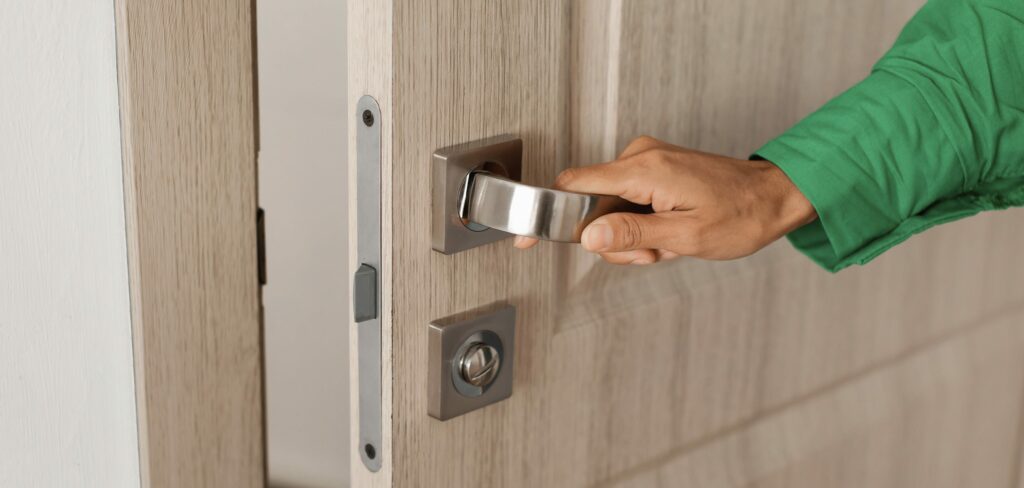If you’re leasing property, then somewhere within your rent payment will be a contribution to the building’s operating expenses or ‘opex’. Whether you get to see these expenses depends on whether you’re on a ‘gross’ or ‘net’ lease. Paul Mautz describes the differences and what’s included in opex.
A ‘gross lease’ is where the rent payable each month is a single payment, leaving the tenant to pay utilities (power, gas, water, data) and other costs such as cleaning, provisioning of showers and toilets – and minor maintenance costs in the premises – direct to the supplier. The tenant’s portion of the building operating expenses is included in the single payment and not separately recorded. In this case, you probably won’t get visibility on the cost.
However, under a ‘net lease’, the tenant pays rent and utilities, plus a separate contribution to opex that’s normally identified on your monthly invoice. The rent component is the landlord’s investment return, while the opex is applied to the cost of operating and maintaining the building.
Opex generally consists of rates, insurance premiums, general building and car park maintenance costs, repair and servicing costs for plant and equipment, compliance costs (building warrant of fitness), building utility and cleaning costs, fire protection charges, security costs, ground rent and management expenses. Depending on the building and its use, other costs may also be included, for example, concierge costs for a premium-positioned office building, hardstand maintenance for an industrial site or a marketing contribution for retail premises.
If you’re currently on a net lease or about to enter into a new lease, we recommend you look closely at what expenses you’re committing to.
Check and check again
First, check what you are being asked to contribute to. Does it match what you’re required to pay for under the lease? Does the opex apply to the normal operation of the building or is it likely to materially improve the asset? Be aware that any costs that improve the building to the benefit of the landlord or are generally of a capital nature, shouldn’t be included in the opex unless otherwise agreed with the landlord. Costs for maintaining existing plant and equipment in good order and repair are typically acceptable. However, costs that, for example, upgrade the entry or reconfigure the building to create more lettable spaces, aren’t.
While most leases specifically exclude capital expenditure as a recoverable expense, there may be items in the budget that are on the margin. Once these have been identified, they should be discussed with the landlord to reach agreement on whether they should be reasonably incorporated in the opex.
Keep it in proportion
Secondly, be aware of what percentage of the opex a particular expense comprises. For example, rates and insurance costs typically account for 60-70% of the building opex. If they’re lower than that, there may be other expenses that are inflated beyond their fair proportion of expenses.
Rates are based on the building’s market value and are often difficult and time consuming for a tenant to challenge. Insurance premiums’ costs will depend on the type of cover the landlord acquires and how widely spread the insurable risk is. For example, portfolio-wide cover may bring down an individual building’s premium if the risk is spread across a number of diversified properties. Inclusion of loss of rents for more than 12 months or full replacement cover will increase the premium over lesser types of coverage.
Management fees tend to be the biggest point of contention in opex reviews. Fees vary widely across landlords. Large landlords generally employ professional managers, while smaller landlords are likely to be ‘do it yourselfers’ Are these costs reasonable? What’s the basis for calculating them? Fees typically are calculated as a percentage of the net rent roll. However, some fees are based on the building market value or comparable building charges. In our view, fees should be no more than five percent of the building’s net rent.
Are you being asked to pay ground rent? If a ground lease was in place when you entered the lease, you should be aware when the next ground rent review is due. These costs have a tendency for big hikes due to the long intervals between reviews. If you weren’t paying ground rent when you entered into the lease and the land was sold in the intervening period, check whether you are required to contribute to the ground rent or superior lease payments.
Watch the washup
Thirdly, make sure you receive a ‘washup’ of the expenses from the landlord at the end of each financial year and check it’s correct. The washup will detail the actual expenses incurred against what you actually paid and include a statement of any under or over payment made during the course of the year. Are there any costs where the expenditure is not clear or shouldn’t have been included? Don’t take it for granted that expenditure has been correctly allocated. We’ve seen examples where costs for other buildings have been included.
Our suggestion is to meet with the landlord once the opex budget has been prepared and go through the various components of the budget to ascertain what’s included and that the charge relates to your use of the premises and your obligations under the lease. When the year is complete, do the same with the actual costs.
If you’d like a review of your opex obligations or to discuss your costs, contact us.



